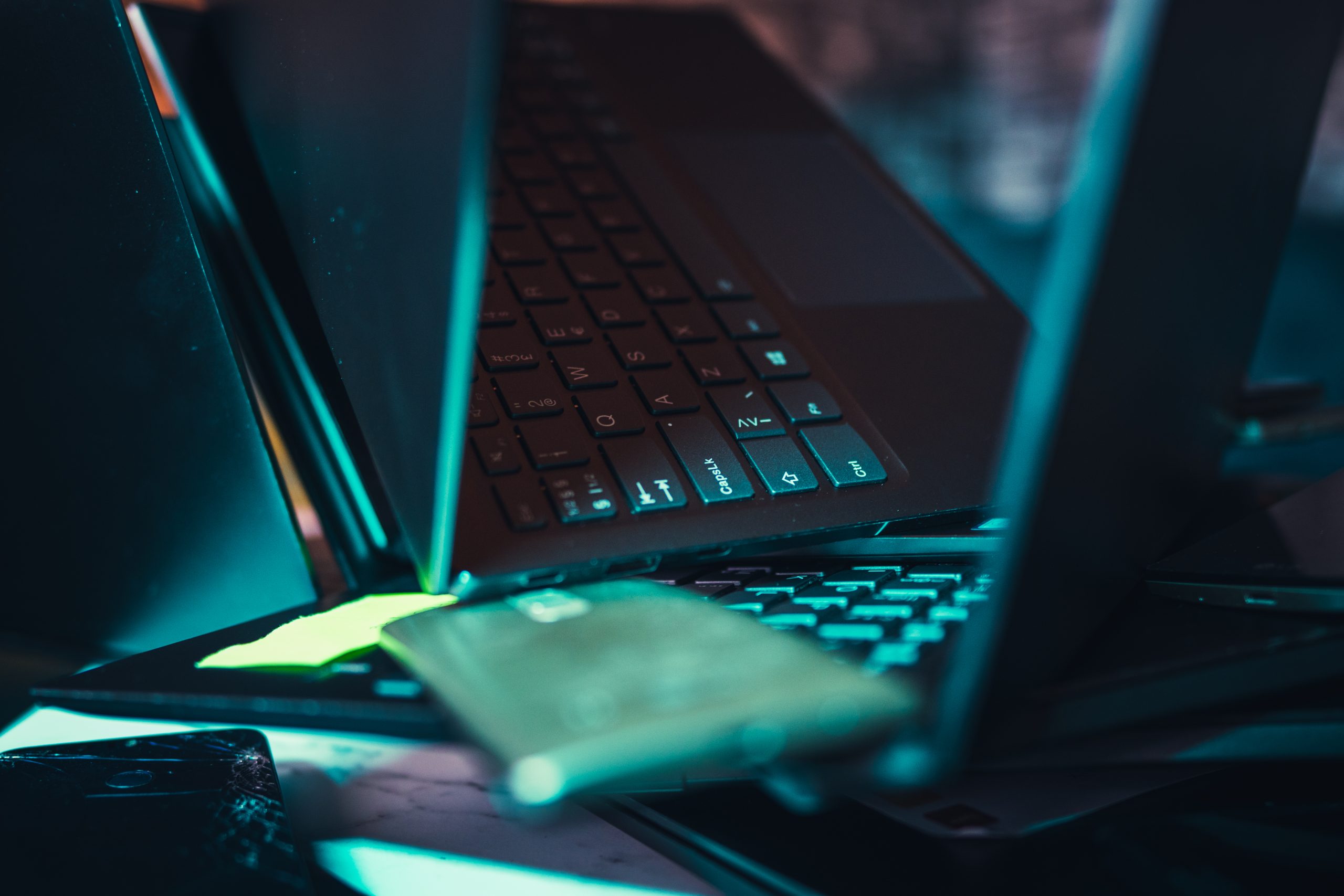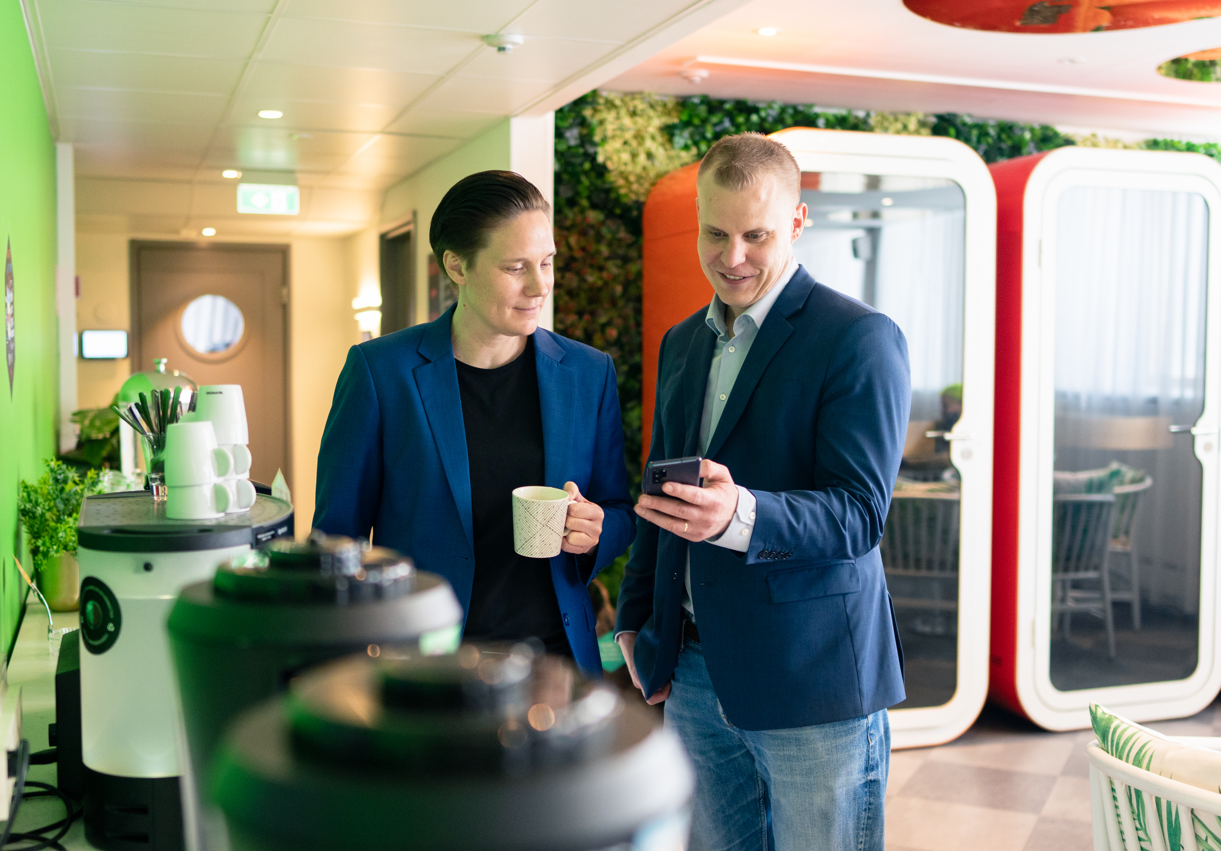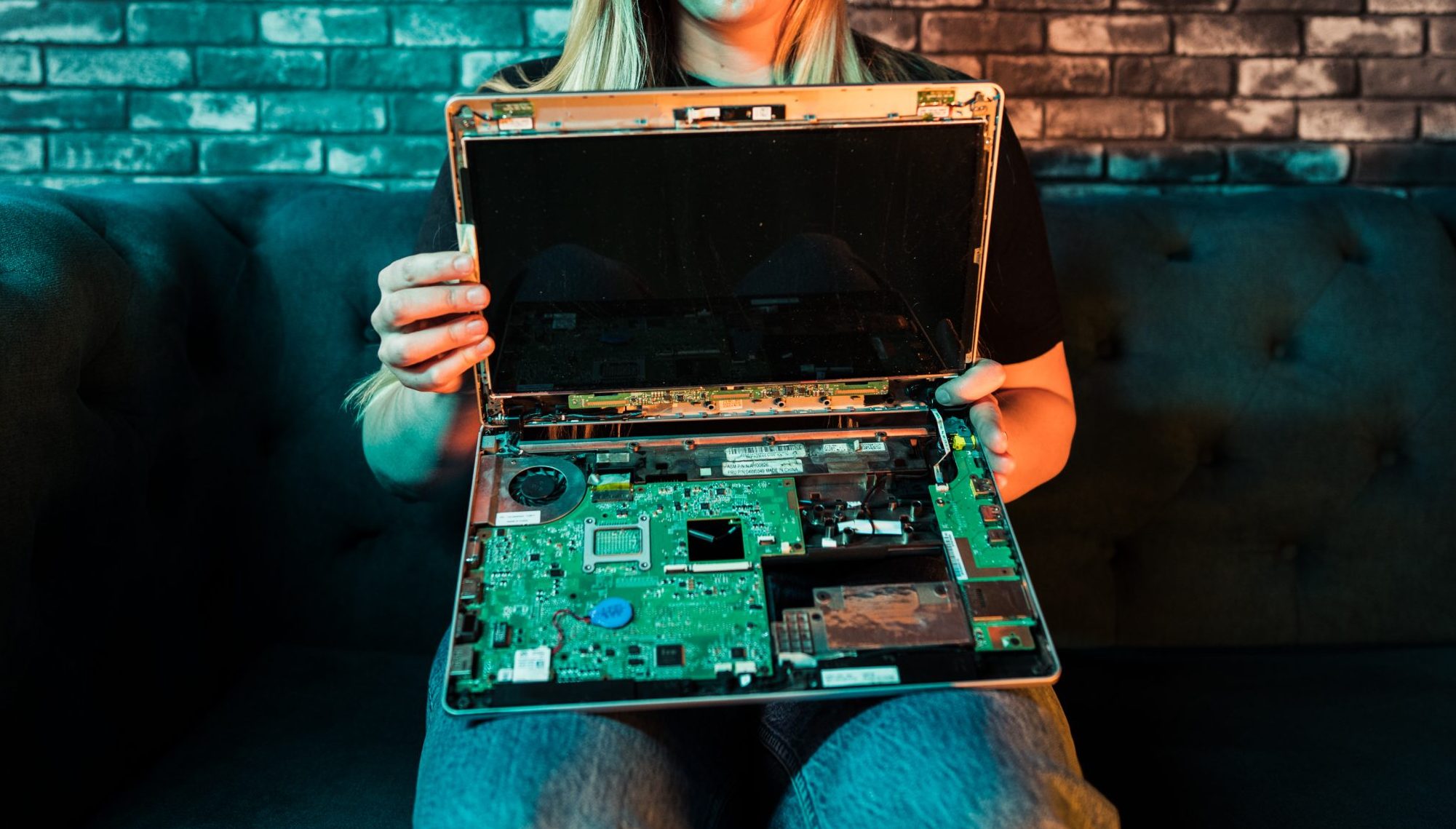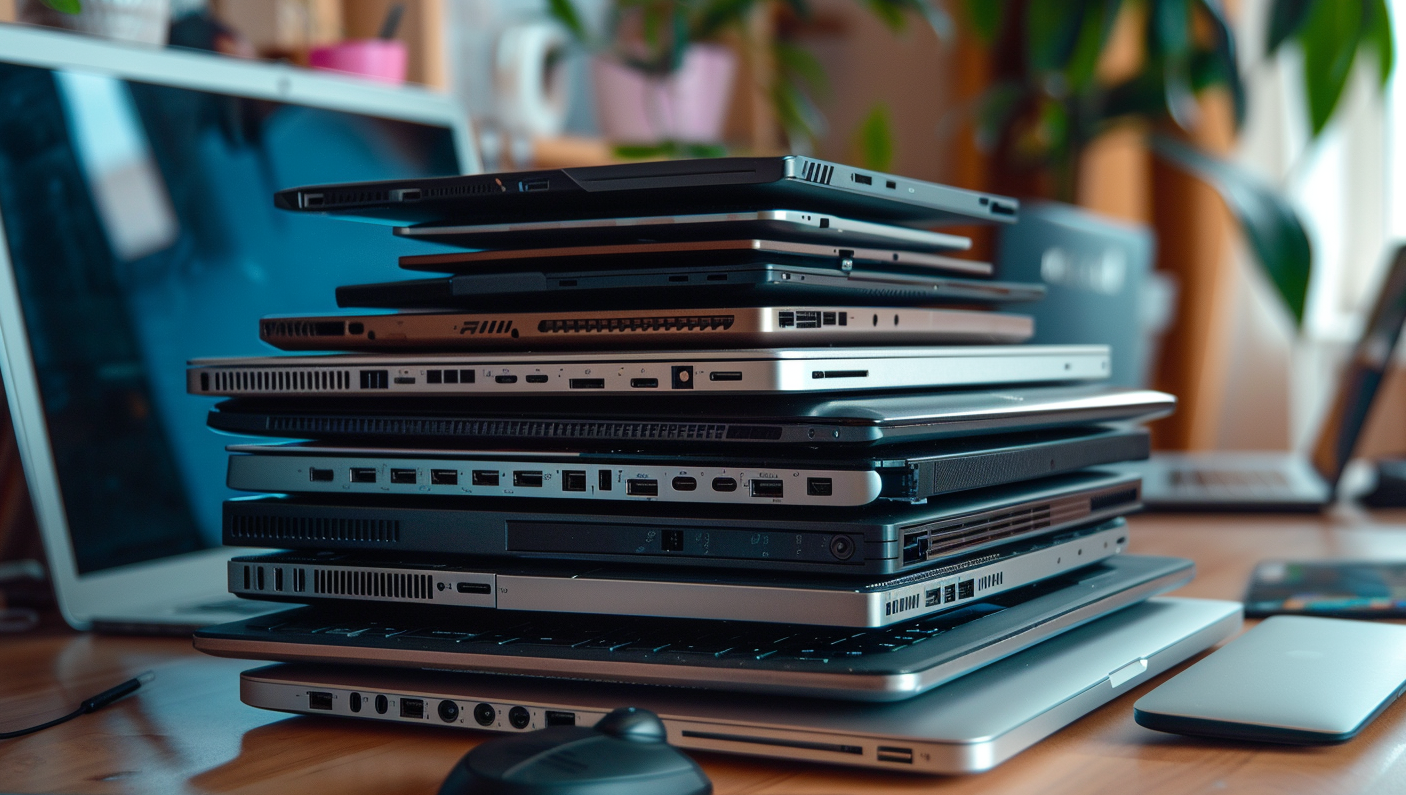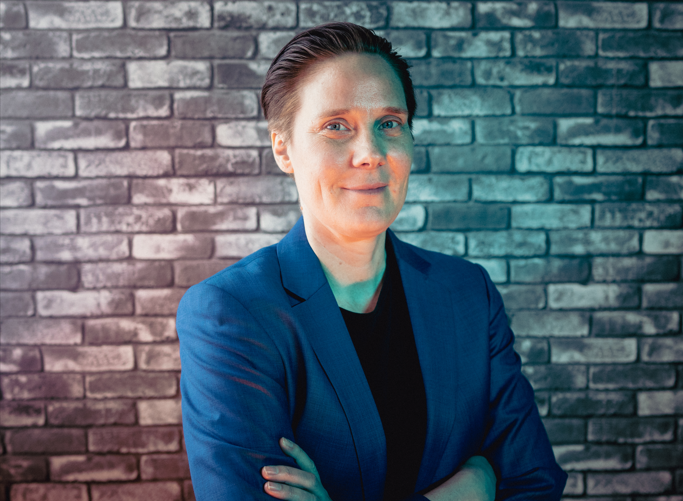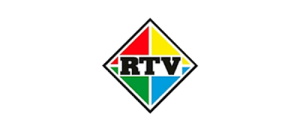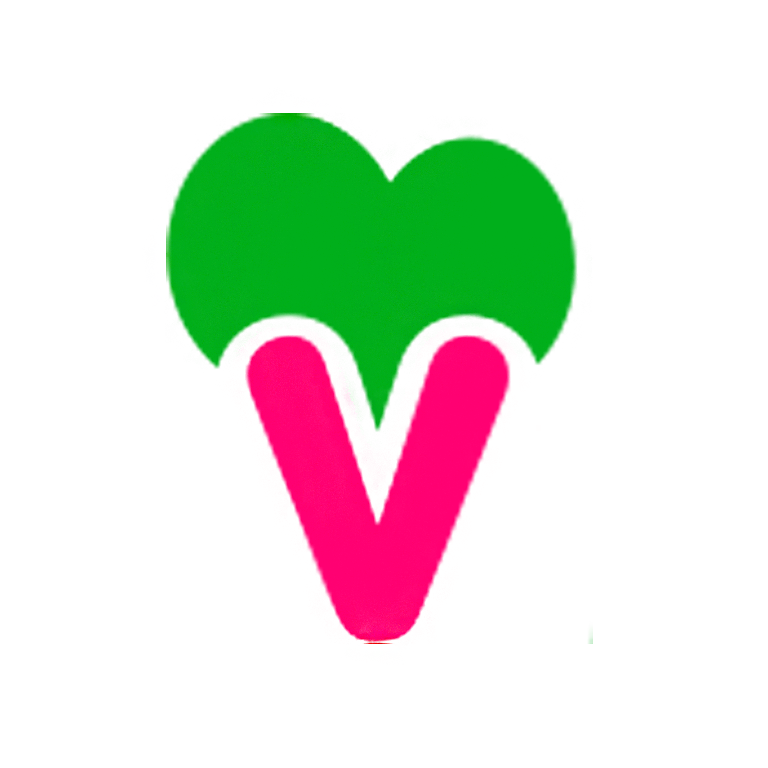Circular economy
What is circular economy?
Circular economy is a model of production and consumption in which the circulation of materials and products aims to extend the life of products and to reuse materials as much as possible.
In circular economy, it is always considered which materials are purchased and why, and how their lifespan can be extended. The most important thing is to ultimately get the raw material back into circulation - from which new raw materials and products can be obtained.
The European Parliament defines the circular economy as follows: (European Parlamanent):
The circular economy is a model of production and consumption, which involves sharing, leasing, reusing, repairing, refurbishing and recycling existing materials and products as long as possible. In this way, the life cycle of products is extended.
In practice, it implies reducing waste to a minimum. When a product reaches the end of its life, its materials are kept within the economy wherever possible thanks to recycling. These can be productively used again and again, thereby creating further value.*
What is not circular economy?
Circular economy is not just about the resale of goods, which is only a small part of the process of extending the life of products and materials.
Circular economy is not about regularly renewing goods at calendar intervals (e.g. the three-year leasing contracts for laptops), which can lead to uncertainty about how the goods are handled afterwards.
Circular economy is not just repetition of a single small thing, but it is a complete package. If the whole package is not understood, then we cannot talk about circular economy either.
Read more about circular economy in IT
